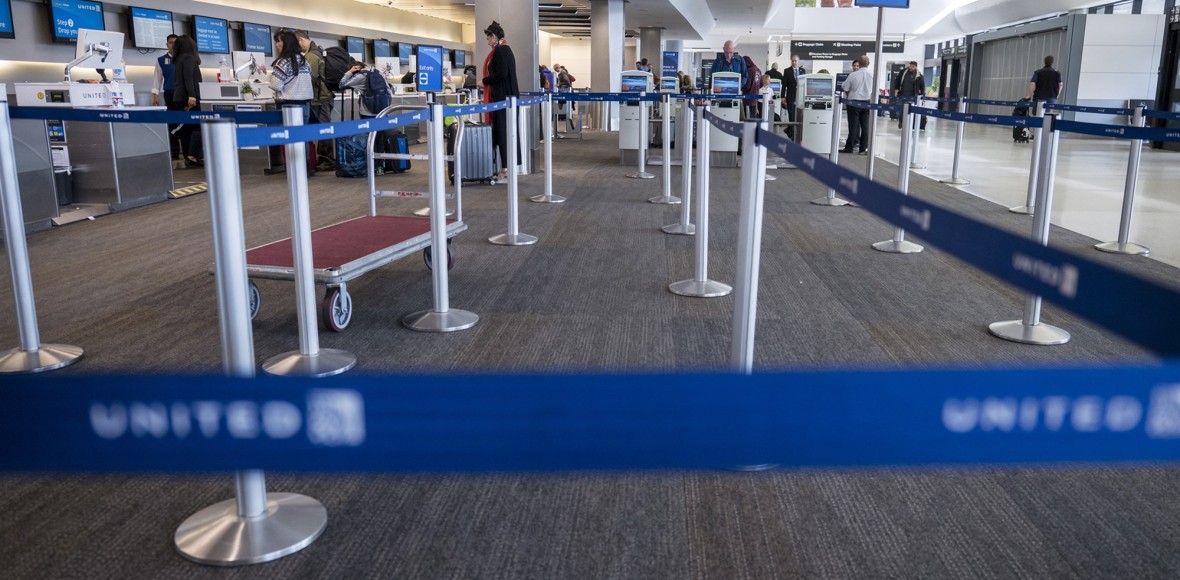
February’s robust jobs report showed an economy that seemed to be picking up steam — but more recent data pointing to an imminent slowdown continues to accumulate.
“The worst of the market fears in the U.S. erupted after the survey week” by the Bureau of Labor Statistics, said Josh Wright, chief economist at iCIMS. “This will be the calm before the storm.”
Mark Zandi, chief economist at Moody’s Analytics, said February’s strong showing is likely to reverse by the time the March numbers are released, and the shift will become apparent over the next few weeks. “I do expect the virus to have an impact on the jobs data beginning next month,” he said. “It will likely show up in somewhat higher claims for unemployment insurance by late this month.”
“What it shows you is, prior to the economic impacts of the coronavirus, it looked like the labor market was on solid footing, and maybe even starting to accelerate a little bit,” said Sameer Samana, senior global market strategist at the Wells Fargo Investment Institute.
Samana noted that, at 243,000, the three-month average of job creation was greater than both the six-month and 12-month averages. Other metrics, such as hours worked per week and labor force participation, also showed improvement. “If not for the coronavirus, we’d be on pretty good footing,” Samana said.
The jobs figures the BLS gathers are always backward-looking, which is why economists prefer to look at longer time periods — such as the three-month average — to spot trends. This time, though, the limitations of a trailing, rather than leading, data set is on full display: The economy in which workers, companies and investors are operating today is one that has undergone a head-spinning pivot in a matter of weeks.
“It’s great that today’s jobs report exceeded expectations. However, it is a look in the rearview mirror,” said Daniel Zhao, senior economist at Glassdoor.
According to Glassdoor, job openings have stagnated, and are currently flat on a year-over-year basis. “Job openings are going to be an important indicator to keep watching in the coming months,” Zhao said, since companies tend to curtail hiring before they start cutting employee numbers. “That’s definitely something we’re keeping a close eye on.”
“JOLTS data — which shows the number of job openings — has collapsed, down 12.7 percent in two months,” said Dan North, chief economist at Euler Hermes North America.
North said fewer temporary jobs also could indicate business retrenchment. “Those are the first things to go when a slowdown is approaching,” he said. Along with retail and transportation, temporary help services were one of the few categories in an otherwise-robust service sector to show losses in February.
Wright said iCIMS’ internal figures, which were gathered over the course of February rather than a single reference week, likewise indicate a deceleration on the horizon. “In our own data, we saw signs of broad-based weakening and even perhaps readjustment around supply chain disruptions,” he said.
“We can see both supply and consumer demand are already being impacted in key sectors, such as travel and tourism, hospitality, manufacturing and retail, and it is going to extend to others,” said Nigel Green, founder and CEO of deVere Group.
“There’s this big question mark out there,” Samana said, noting that even blockbuster job growth in February wasn’t enough to allay investors’ fears or halt the market’s slide. “At least for right now, the market isn’t so much focused on economic data. It’s almost entirely dependent on real-time indicators.”

